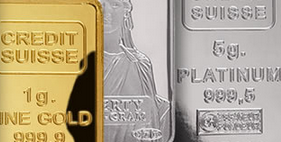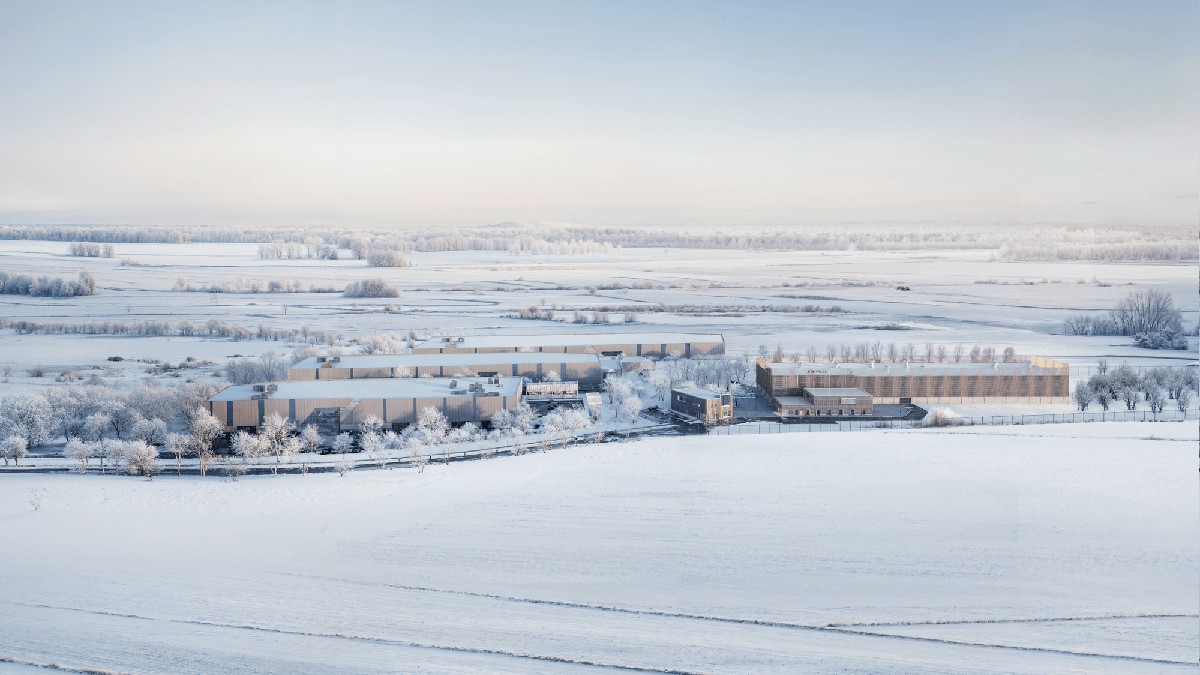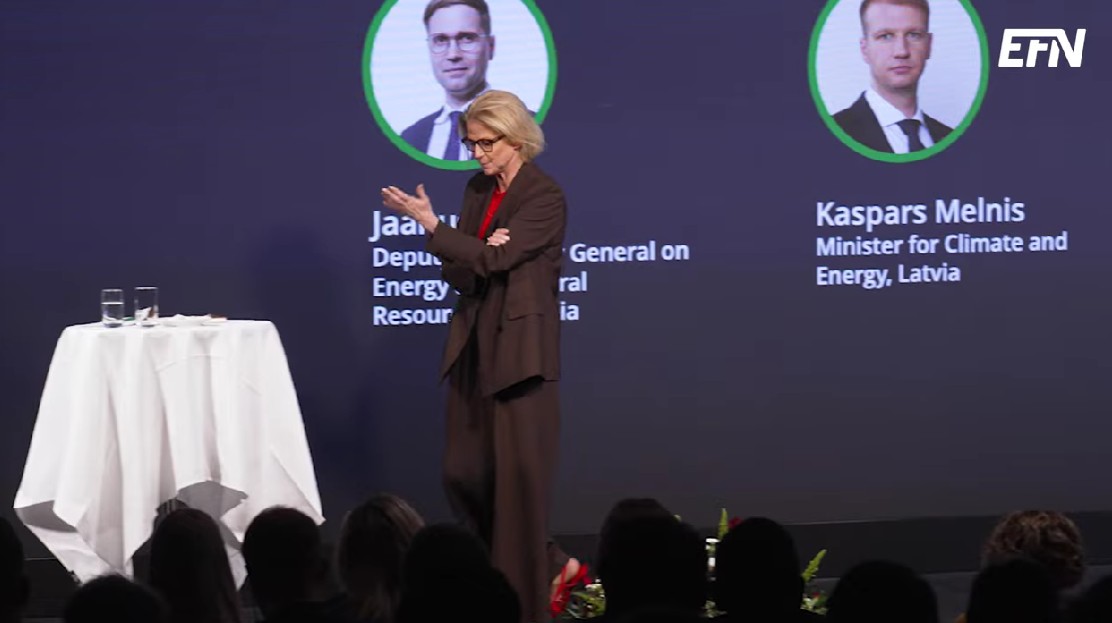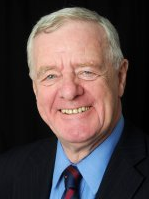Nyheter
David Hargreaves on Precious Metals, week 15 2014

We dwell in platinum this week, because unless the South African government takes a grip on its problems that metal will truly spotlight. See below. But platinum tracks gold, not vice-versa. This week gold put on 1.6% and is up 5.2% on the year to date. No big deal compared with its 24% 2013 fall eh? The drivers, which we stress to the point of boredom are, and will remain, the economic and military-political. The former is worth its 1-3% short term move and this week did not disappoint. We expect interest rates to rise, probably slowly, so that is a damper.
We expect the world economy to pick up, so that is another. Both good reasons for WIM to look at a $1200/oz base. The political military is out of our hands. Vladimir does not always answer the phone, so probably plotting his stealthy creep into the Ukraine. Both Egypt and India look like settling their elections peacefully and a knee-jerk towards $2000 plus does not look imminent. As for RSA, we increasingly care less, don’t we?
Palladium limped to its highest level since 2011, at $788/oz as the US threatened sanctions against Russia. Rum stuff this. The sister metal to platinum sells cheaper because it is not so efficient as a catalyst, but sort-of OK. So half price. It is more loved by diesel engines than petrol engines too. Here is how it stacks up:
Palladium Supply and Demand
- World Demand. c. 9,000,000 oz
- World Mined output. c. 6,500,000 oz
- Recycling and disinvestment. c. 2,500,000 oz
Major producers: Russia 44%, RSA 41%, North America 9%, other 6%. So Russia, thanks to its by product output from Norilsk Nickel, has a firmer foot print in the palladium market than it does in platinum. It also has had a major stockpile whose current status remains unknown. If the US decides to impose Ukrainian-related sanctions it could affect supplies. The major US producer Stillwater (SWC.N $15.52; Hi-Lo $16.03-9.80) produces about 6% of total world mined output.
Still on sanctions, Russia’s Polyus Gold may delist from the London market because of the threat of sanctions. A clutch of other companies could be affected including Uralkali, Polymetal, Highland Gold, PhosAgro. Petropavlovsk does not have a London listing.
South Africa’s platinum problems. The unions will lose this one. Platinum numbers favour the companies, not the unions. Are we missing a trick? Although it is a precious metal in all respects, it differentiates itself from Au in being largely an industrial one. About 50% is used in autocatalysts, which turn noxious exhaust fumes into harmless water vapour and nitrous oxides. Such a device lasts for about 50,000 running miles, but can then be recycled. So the numbers go like this:
- World demand for platinum in all forms: 7,700,000
- Investment demand 7% 550,000
- Autocatalyst demand 50% 3,850,000
- Recycling 900,000
- New production autocatalyst demand 2,950,000
- ETF Stockpiles: c. 2,000,000
- Industrial stockpiles annualised shortfall or zero production 500,000oz
- Weeks auto supply from stockpiles 44
Now you do not get a much better politico-economic fit than that which RSA has with platinum. But it is light years away from being able to exploit it because its industrial relations are a shambles matched only by its unattainable expansionary goals based on a deteriorating power supply. All this in election year.
The platinum industry problems began when a brand new workers’ union, AMCU, set up in opposition to the established NUM and demanded a doubling of wages. After 10 weeks of strikes the companies have offered 9% and adopted a take-it-or-leave-it attitude. Being South Africa this can turn bloody. The companies are at pains to assure their customers that they can meet their demands for the foreseeable future and on the above numbers would appear to have some justification.
Should it drag on, much will depend on the attitude of the exchange traded funds (ETFs) towards selling. The largest, RSA’s NewPlat ETF may have a dilemma but New York based Physical Platinum will suffer no such problems. Those two have over 1.5Moz which we suspect will come out at the right price. So industry looks ok for the next 44 weeks.
Not so the strikers and their families. There is little public sympathy for this strike but if the ANC government does not show its hand it will soon turn violent. President Zuma cannot surely endorse a doubling of wages can he? The man is well paid to be leader; now he must earn his keep.
Charity chapter two. A city colleague suggested, tongue-in-cheek this week, that following Rio Tinto’s lead, Amplats might donate its RSA operations to charity. The rationale, we think, was that they are rapidly becoming more trouble than they are worth. Let the locals see if they can make a go of where the London-tainted majors are failing. Well, hey presto, black-led Sibanye Gold has made a fist out of picking up high cost old gold mines on the Reef and is turning them to account. Now we hear it has made contact with Amplats about buying its high cost Rustenburg shafts. We will report more when we know more.
[hr]
About David Hargreaves
David Hargreaves is a mining engineer with over forty years of senior experience in the industry. After qualifying in coal mining he worked in the iron ore mines of Quebec and Northwest Ontario before diversifying into other bulk minerals including bauxite. He was Head of Research for stockbrokers James Capel in London from 1974 to 1977 and voted Mining Analyst of the year on three successive occasions.
Since forming his own metals broking and research company in 1977, he has successfully promoted and been a director of several public companies. He currently writes “The Week in Mining”, an incisive review of world mining events, for stockbrokers WH Ireland. David’s research pays particular attention to steel via the iron ore and coal supply industries. He is a Chartered Mining Engineer, Fellow of the Geological Society and the Institute of Mining, Minerals and Materials, and a Member of the Royal Institution. His textbook, “The World Index of Resources and Population” accurately predicted the exponential rise in demand for steel industry products.
Nyheter
Blykalla, Evroc och Studsvik vill bygga kärnkraftsdrivna datacenter i Sverige

Blykalla, Evroc och Studsvik har undertecknat ett samförståndsavtal för att undersöka möjligheten att utveckla Sveriges första kärnkraftsdrivna datacenter vid Studsviks licensierade kärnkraftsanläggning i Nyköping.
Blykalla utvecklar avancerade blykylda kärnreaktorer för att leverera säker, kostnadseffektiv och hållbar basenergi. Evroc bygger hyperscale-moln- och AI-infrastruktur för att driva Europas digitala framtid. Studsvik driver en licensierad kärnkraftsanläggning i Nyköping och tillhandahåller livscykeltjänster för kärnkraftssektorn, inklusive bränsle, material och avfallshantering. Tillsammans kombinerar de teknik, infrastruktur och anläggningsexpertis för att påskynda utbyggnaden av kärnkraftsdrivna datacenter.
Det finns en växande internationell efterfrågan på kärnkraftsdrivna datacenter, driven av parallella krav från AI och elektrifiering. Med sin kapacitet att leverera ren, pålitlig baskraft och inbyggd redundans är små modulära reaktorer särskilt väl lämpade för att möta detta behov.
Belastar inte elnätet
En stor fördel med att bygga datacenter och kärnkraftverk bredvid varandra är att elnätet inte belastas. Det gör totalpriset för elektriciteten blir lägre, samtidigt som det inte tillkommer investeringskostnader för operatören av elnätet.
Vill etablera Sverige som en föregångare
Med detta avtal strävar parterna efter att etablera Sverige som en föregångare i denna globala omställning, genom att utnyttja Studsviks licensierade anläggning, Evrocs digitala infrastruktur och Blykallas avancerade SMR-teknik.
”Detta samarbete är en möjlighet för Sverige att bli ledande inom digital infrastruktur. Det ger oss möjlighet att visa hur små modulära reaktorer kan tillhandahålla den stabila, fossilfria energi som krävs för AI-revolutionen”, säger Jacob Stedman, vd för Blykalla. ”Studsviks anläggning och evrocs ambitioner erbjuder rätt förutsättningar för ett banbrytande projekt.”
Samförståndsavtalet fastställer en ram för samarbete mellan de tre parterna. Målet är att utvärdera den kommersiella och tekniska genomförbarheten av att samlokalisera datacenter och SMR på Studsviks licensierade anläggning, samarbeta med kommuner och markägare samt definiera hur en framtida kommersiell struktur för elköpsavtal skulle kunna se ut.
”Den ständigt växande efterfrågan på AI understryker det akuta behovet av att snabbt bygga ut en massiv hyperskalig AI-infrastruktur. Genom vårt samarbete med Blykalla och Studsvik utforskar vi en modell där Sverige kan ta ledningen i byggandet av en klimatneutral digital infrastruktur”, kommenterar Mattias Åström, grundare och VD för Evroc.
”Studsvik erbjuder en unik plattform med anläggningsinfrastruktur och unik kompetens för att kombinera avancerad kärnkraft med nästa generations industri. Detta samförståndsavtal är ett viktigt steg för att utvärdera hur sådana synergier kan realiseras i Sverige”, kommenterar Karl Thedéen, vd för Studsvik.
Parterna kommer nu att inrätta en gemensam styrgrupp för att utvärdera anläggningen och affärsmodellen, med målet att inleda formella partnerskapsförhandlingar senare i år. Deras fortsatta samarbete ska möjliggöra ren och säker energi för Europas AI-infrastruktur och digitala infrastruktur.
Nyheter
Toppmöte om framtidens kärnkraft runt Östersjön hölls idag

Sveriges regering arrangerade på tisdagen ett toppmöte om framtidens kärnkraft i Östersjöregionen tillsammans med Finland. Ministrar från Polen, Lettland och Estland deltog, liksom investerare, banker och kärnkraftsbolag. EFN:s reporter Thomas Arnroth rapporterar från mötet.
Energi- och näringsminister Ebba Busch betonade att målet är att göra Sverige till regionens ledande kärnkraftsnation och en hub för kärnkraft i Östersjöområdet.
Tanken är att länderna ska samarbeta och se regionen som en gemensam marknad, vilket kan påskynda och sänka kostnaderna för nya reaktorer. Kunskap kan användas gemensamt över hela regionen och en reaktortyp skulle bara behöva godkännas en gång.
Nyheter
Nytt prisrekord, guld stiger över 4000 USD

Priset på guld på CME-börsen steg precis för första gången någonsin över 4000 USD per uns. Detta efter att både investerare och centralbanker söker en trygg hamn, om än av delvis olika orsaker. Vi har tidigare idag rapporterat att Goldman Sachs skruvat upp sin guldprognos för slutet av 2026 till 4900 USD per uns.

-

 Nyheter4 veckor sedan
Nyheter4 veckor sedanMahvie Minerals i en guldtrend
-

 Analys4 veckor sedan
Analys4 veckor sedanVolatile but going nowhere. Brent crude circles USD 66 as market weighs surplus vs risk
-

 Nyheter4 veckor sedan
Nyheter4 veckor sedanAktier i guldbolag laggar priset på guld
-

 Nyheter3 veckor sedan
Nyheter3 veckor sedanKinas elproduktion slog nytt rekord i augusti, vilket även kolkraft gjorde
-

 Nyheter3 veckor sedan
Nyheter3 veckor sedanTyskland har så höga elpriser att företag inte har råd att använda elektricitet
-

 Nyheter4 veckor sedan
Nyheter4 veckor sedanGuld når sin högsta nivå någonsin, nu även justerat för inflation
-

 Nyheter4 veckor sedan
Nyheter4 veckor sedanDet stigande guldpriset en utmaning för smyckesköpare
-

 Analys4 veckor sedan
Analys4 veckor sedanWaiting for the surplus while we worry about Israel and Qatar











